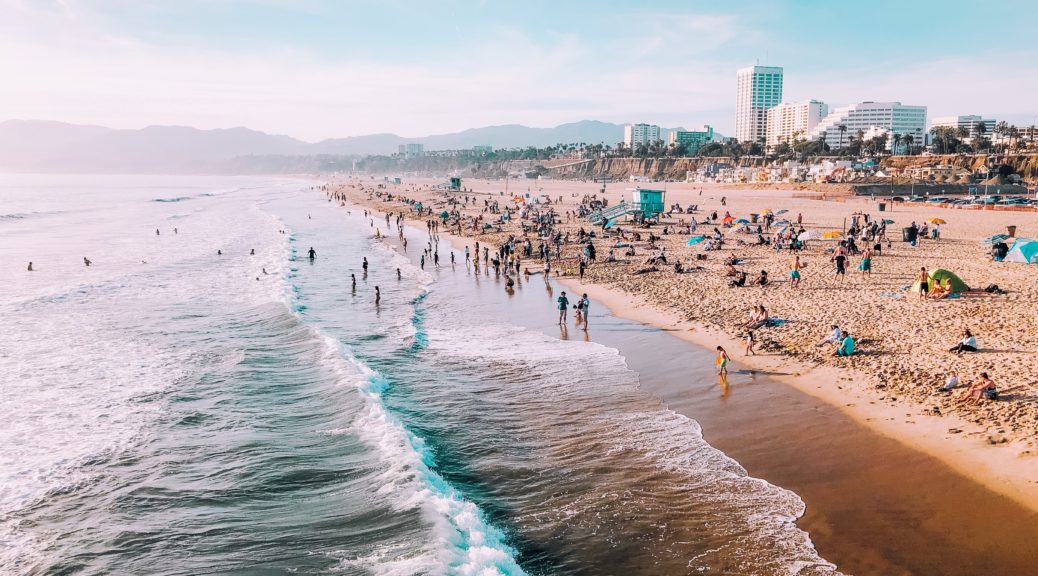By Kurt Ibaraki
“Hey, hey, pretty exciting stuff today guys!” From the beginning of August until the day before school started, these words signaled the beginning of a new, didactic lecture. Instructors from the California Institute of Emergency Medical Technicians (CIEMT) partnered up with EMSC, a student-run organization of Emergency Medical Technicians (EMT-B), to provide a three week long EMT-B certification class here at USC. This three week long course consisted of 11 fifteen hour sessions, covering a variety of topics such as patient assessment, trauma, cardiovascular emergencies, respiratory emergencies, and neurological emergencies.
As an aspiring pre-med student, I realized that becoming an EMT would give me direct exposure to the medical field. While most people think of EMTs as the people who drive ambulances, EMTs actually do much more than that. They are one of the first medical responders on the scene, providing both efficient and immediate care to their patients. Being able to adapt to any situation, as well as being able to communicate and treat the patient in the most appropriate manner, are all crucial skills required to work in the field.
The biggest mistake I made was walking into the first day of class not knowing what to expect. After a small introduction, our main instructor, Matt Goodman, made it clear that this class would be like nothing we would ever experience. I, like many of my other classmates, had doubts about the difficulty. Most of us were pre-med. We all knew the struggles of difficult classes. But, like Matt said, this was different. Matt would cold call, meaning he’d randomly direct a question to one unlucky student at any point in time and expect that student to know the answer. If a student didn’t know the answer… Matt would yell. He was really good at striking fear and angst into everyone the moment he started to ask questions. He had the uncanny ability to instantly flip the switch from being an genial instructor to a military general. Everything we did or said was wrong to him. And yet, at the same time, I realized that Matt yelled at us because real life EMTs have to endure an immense amount of pressure; there’s nothing more stressful than the responsibility of saving someone’s life. He yelled at us so that we would be prepared for a high pressure environment.
Continue reading The Fulfilling Challenge of EMT Training with CIEMT





